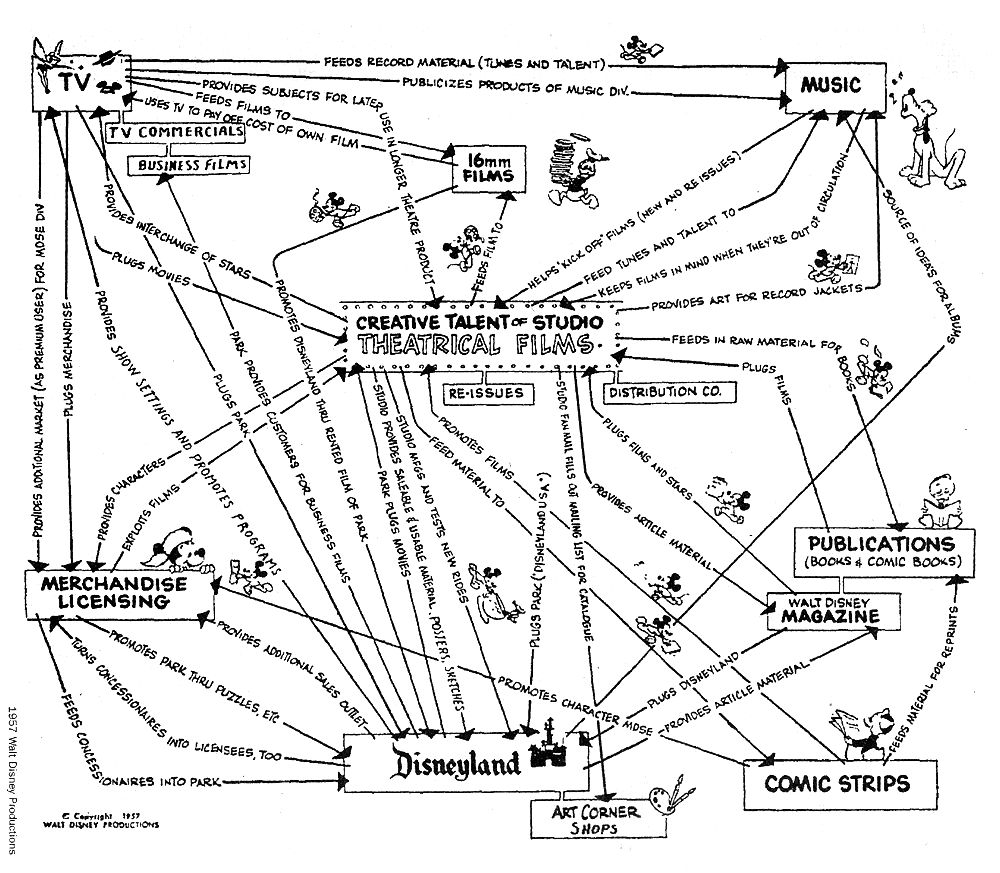As I’ve highlighted in previous posts, nearly half of public K-12 schools report facing some kind of labor shortage¹ and, as we all know, schools are not alone in this situation with many other professions also struggling to recruit and retain employees.
As an example, the number of registered nurses and early childcare workers have both decreased by over 100,000 since 2020²,³. With workers more willing than ever to change professions for a better situation, organizations must respond with thoughtful approaches to get employees and customers in the door and keep them there.
In 1957, Walt Disney introduced what he called the “synergy map” of Disney’s business. This is one of the first known examples of a business laying out how every internal and external interaction can be leveraged to add value to the business and drive growth.
The idea of this synergy map has been simplified to what many people call a “flywheel,” a phrase coined in Jim Collins’ book ‘Good to Great’⁴.
Difficult but worth it
It is critical to acknowledge that building organizational flywheels is hard work and requires vision, leadership by example, time, investment, and sustained commitment from stakeholders.
A successfully built flywheel ecosystem for any kind of organization will enable it to reach more stakeholders, strengthen the quality of the product or service, and increase customer and staff engagement and retention.
In caring and service roles like childcare, education, and nursing, employees typically cite pay as the primary reason for leaving, so compensation and benefits practices should be carefully considered.
Equally important, though, are non-monetary considerations like support for continuing education, mental health and well-being resources, and a focus on maintaining a positive working environment. Like pay, these can be big drivers of staff satisfaction and retention. And organizations are unlikely to have satisfied customers who stick with them without employees who feel engaged, fulfilled, and well-treated.
Has your organization implemented a flywheel approach? How has it contributed to overall success?

Sources:
1. www.npr.org/2023/03/23/1164800932/teacher-shortages-schools-explainer
2. https://www.healthaffairs.org/content/forefront/worrisome-drop-number-young-nurses
3. beta.bls.gov/dataViewer/view/timeseries/CES6562440001
4. www.linkedin.com/pulse/world-disney-tization-flywheel-effect-adi-mukadam/
5. www.hubspot.com/flywheel
Tim Thompson

